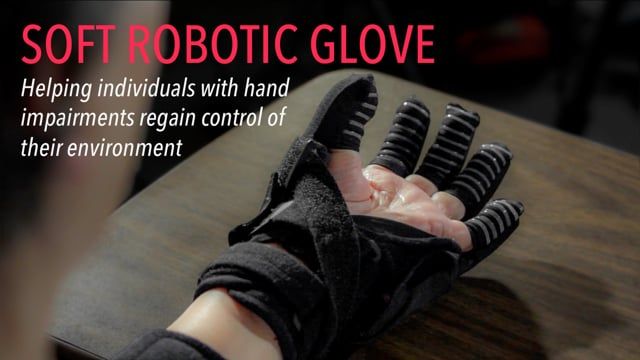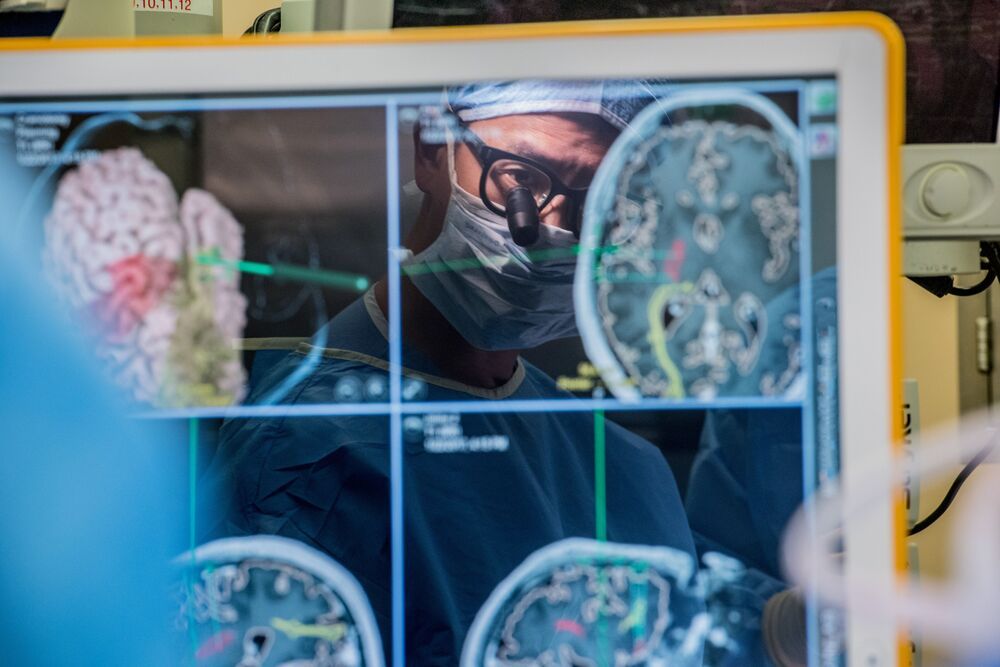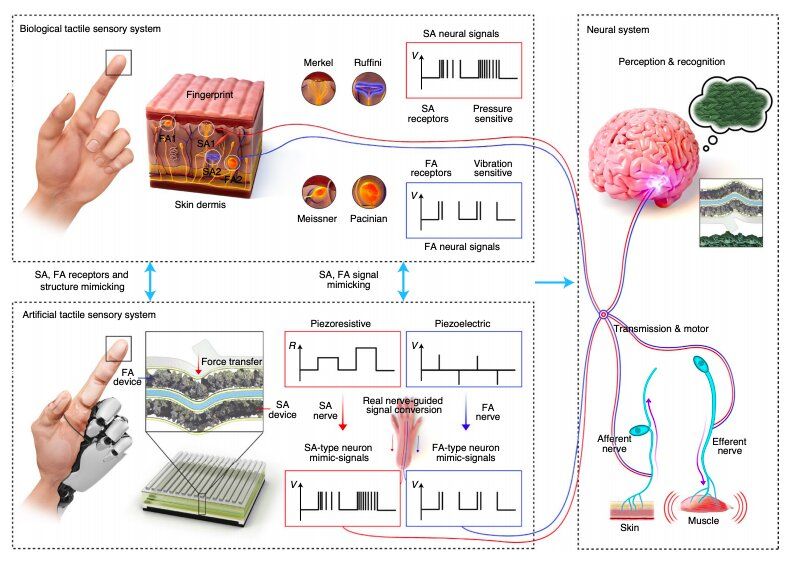Jul 19, 2021
A 3D-printed soft robotic hand that can play Nintendo
Posted by Saúl Morales Rodriguéz in categories: 3D printing, biotech/medical, cyborgs, robotics/AI
A team of researchers from the University of Maryland has 3D printed a soft robotic hand that is agile enough to play Nintendo’s Super Mario Bros. — and win!
The feat, highlighted on the front cover of the latest issue of Science Advances, demonstrates a promising innovation in the field of soft robotics, which centers on creating new types of flexible, inflatable robots that are powered using water or air rather than electricity. The inherent safety and adaptability of soft robots has sparked interest in their use for applications like prosthetics and biomedical devices. Unfortunately, controlling the fluids that make these soft robots bend and move has been especially difficult—until now.
The key breakthrough by the team, led by University of Maryland assistant professor of mechanical engineering Ryan D. Sochol, was the ability to 3D print fully assembled soft robots with integrated fluidic circuits in a single step.

















